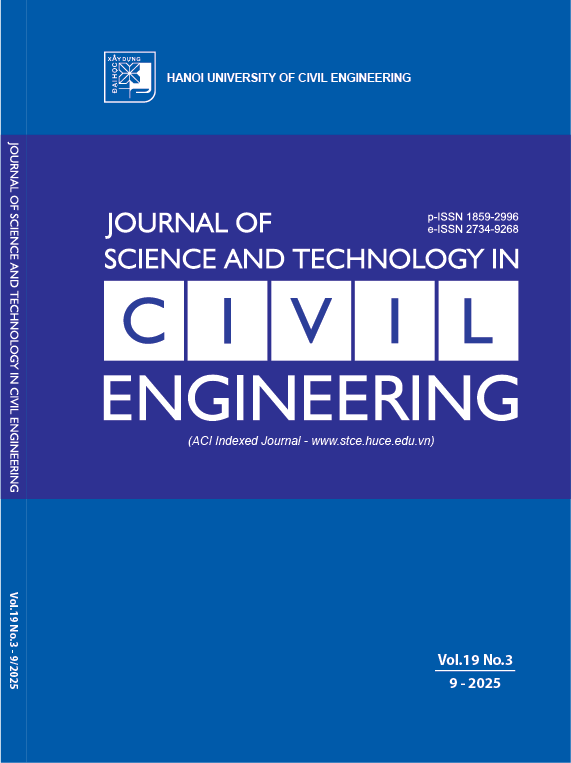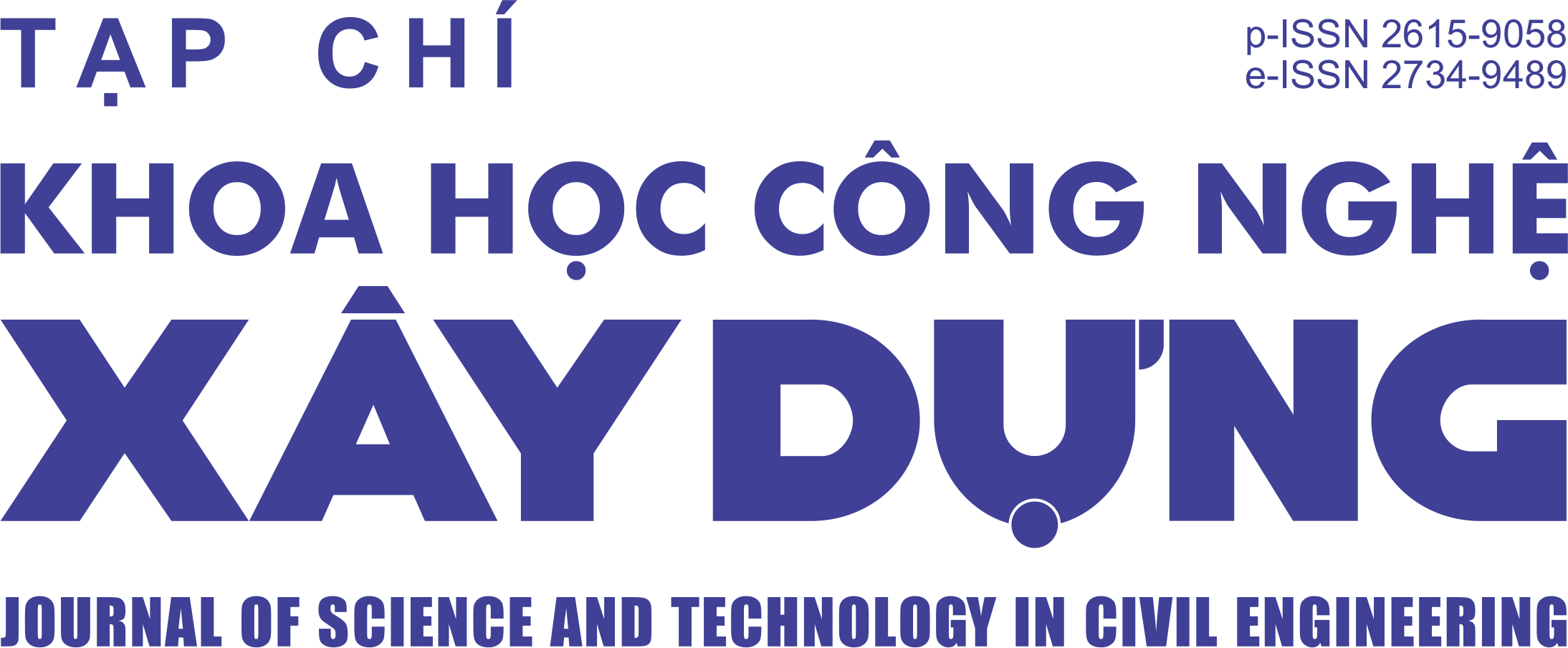Practical formulation for estimating the compressive strength of self-compacting fly ash concrete using gene-expression programming
Abstract
This study aims to develop a gene expression programming (GEP)-based model for estimating the strength of self-compacting concrete (SCC) using fly ash (FA). The model considers the effects of six input variables, including the binder content, the FA proportion, the water/binder ratio, the fine aggregate content, the coarse aggregate content, and the superplasticizer dosage. The 28-day compressive strength of 114 concrete samples was used to generate the prediction model. The trial runs indicate that the GEP model with four genes and 120 chromosomes demonstrates strong performance, achieving a high coefficient of correlation and low errors (e.g., RMSE and MAE). The selected model is reliable, transparent, and easy to use in practice in designing the mix proportion for the SCC. The analysis of variable contributions demonstrates that the water/binder ratio and proportion of FA have the most significant influence on the strength of the SCC, while the fine aggregate content shows a comparatively minor effect. Thus, the strength of SCC could be increased significantly by reducing the water/binder ratio with a low proportion of FA content. The novel model from this study could help engineers in estimating the strength of SCC with reasonable FA content and choosing the appropriate mix proportion to achieve the design strength.
Downloads
Copyright (c) 2025 Hanoi University of Civil Engineering

This work is licensed under a Creative Commons Attribution-NonCommercial-NoDerivatives 4.0 International License.
1. The Author assigns all copyright in and to the article (the Work) to the Journal of Science and Technology in Civil Engineering (JSTCE) – Hanoi University of Civil Engineering (HUCE), including the right to publish, republish, transmit, sell and distribute the Work in whole or in part in electronic and print editions of the Journal, in all media of expression now known or later developed.
2. By this assignment of copyright to the JSTCE, reproduction, posting, transmission, distribution or other use of the Work in whole or in part in any medium by the Author requires a full citation to the Journal, suitable in form and content as follows: title of article, authors’ names, journal title, volume, issue, year, copyright owner as specified in the Journal, DOI number. Links to the final article published on the website of the Journal are encouraged.
3. The Author and the company/employer agree that any and all copies of the final published version of the Work or any part thereof distributed or posted by them in print or electronic format as permitted herein will include the notice of copyright as stipulated in the Journal and a full citation to the Journal as published on the website.







